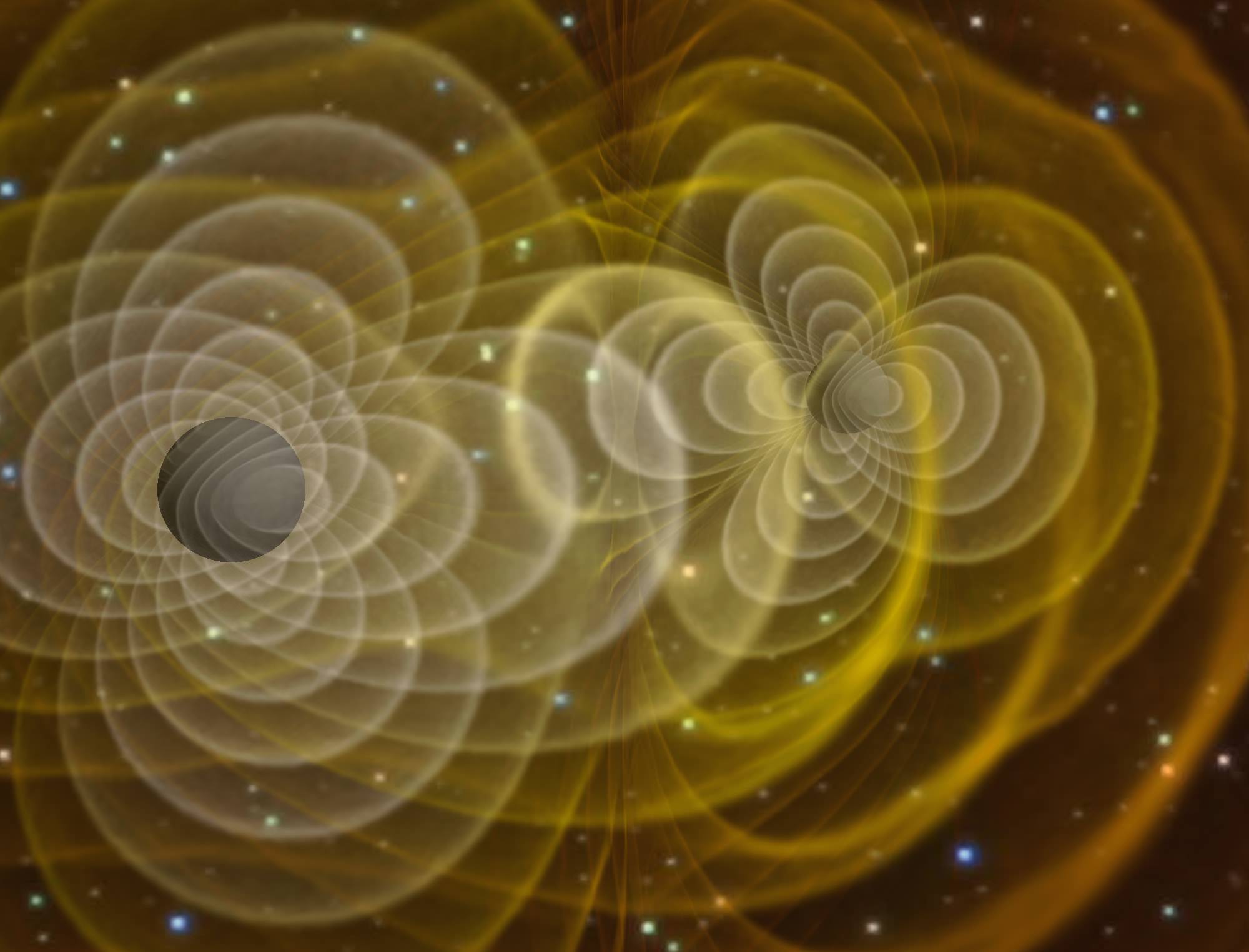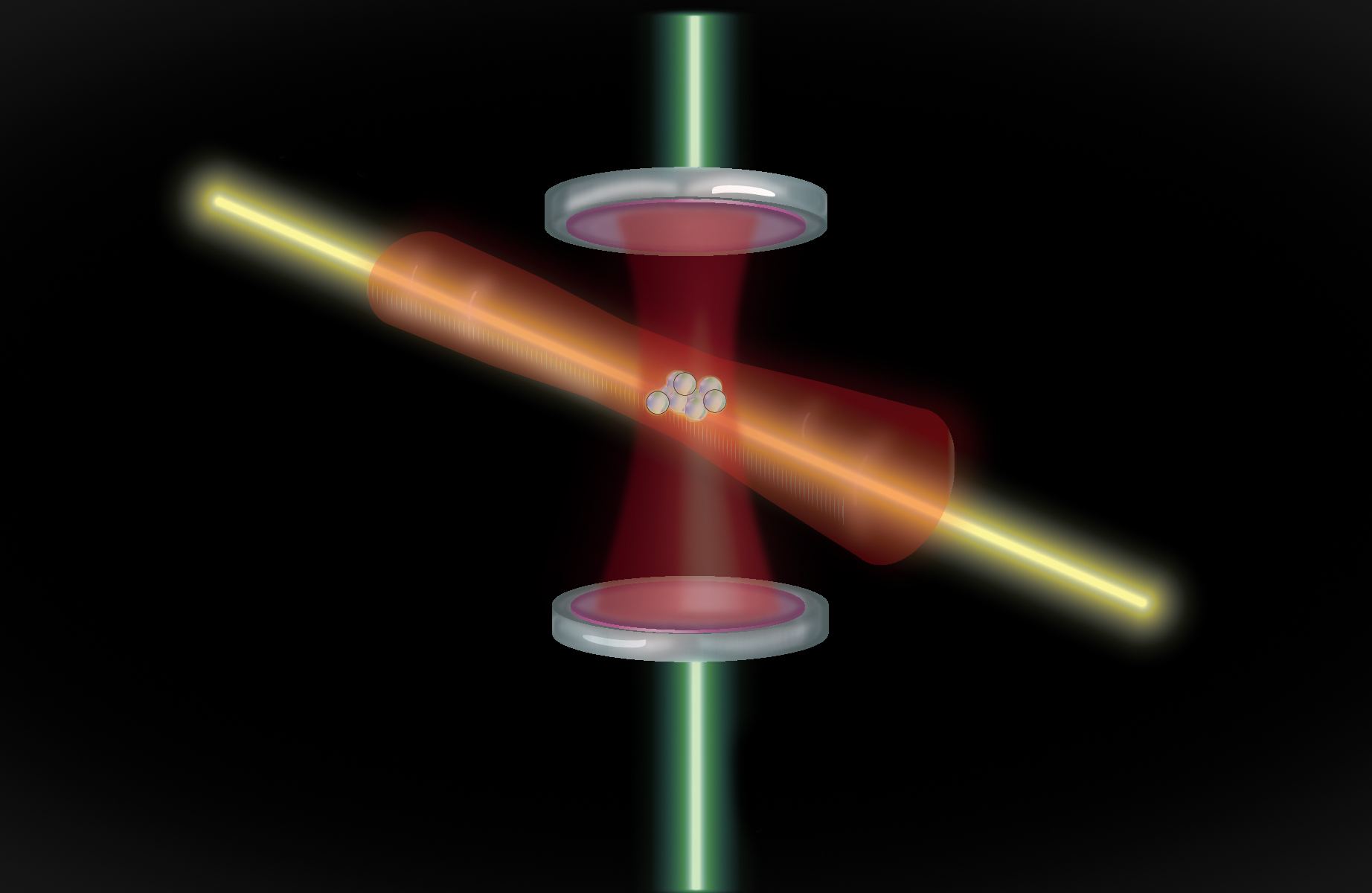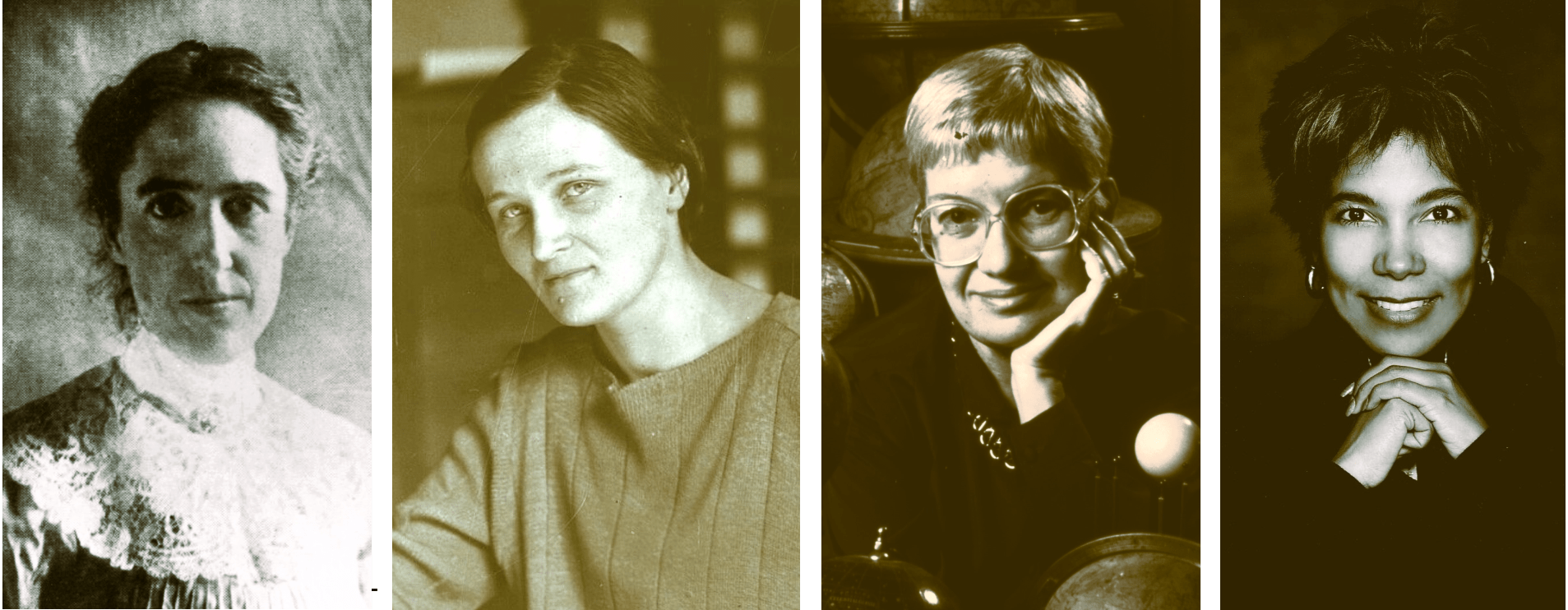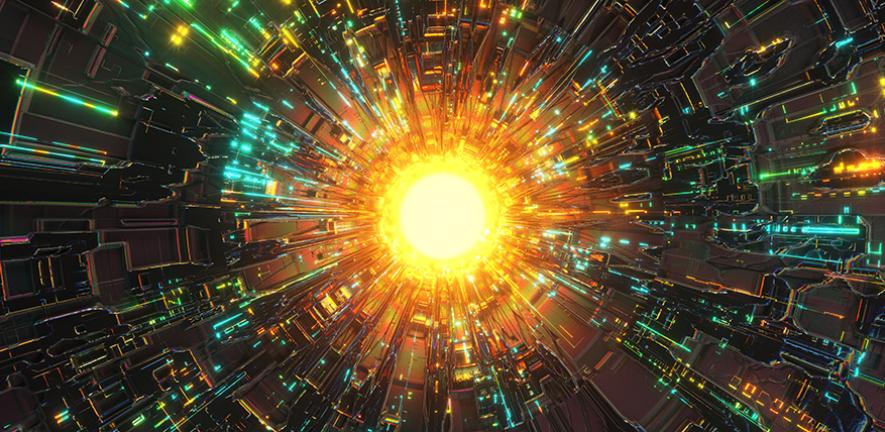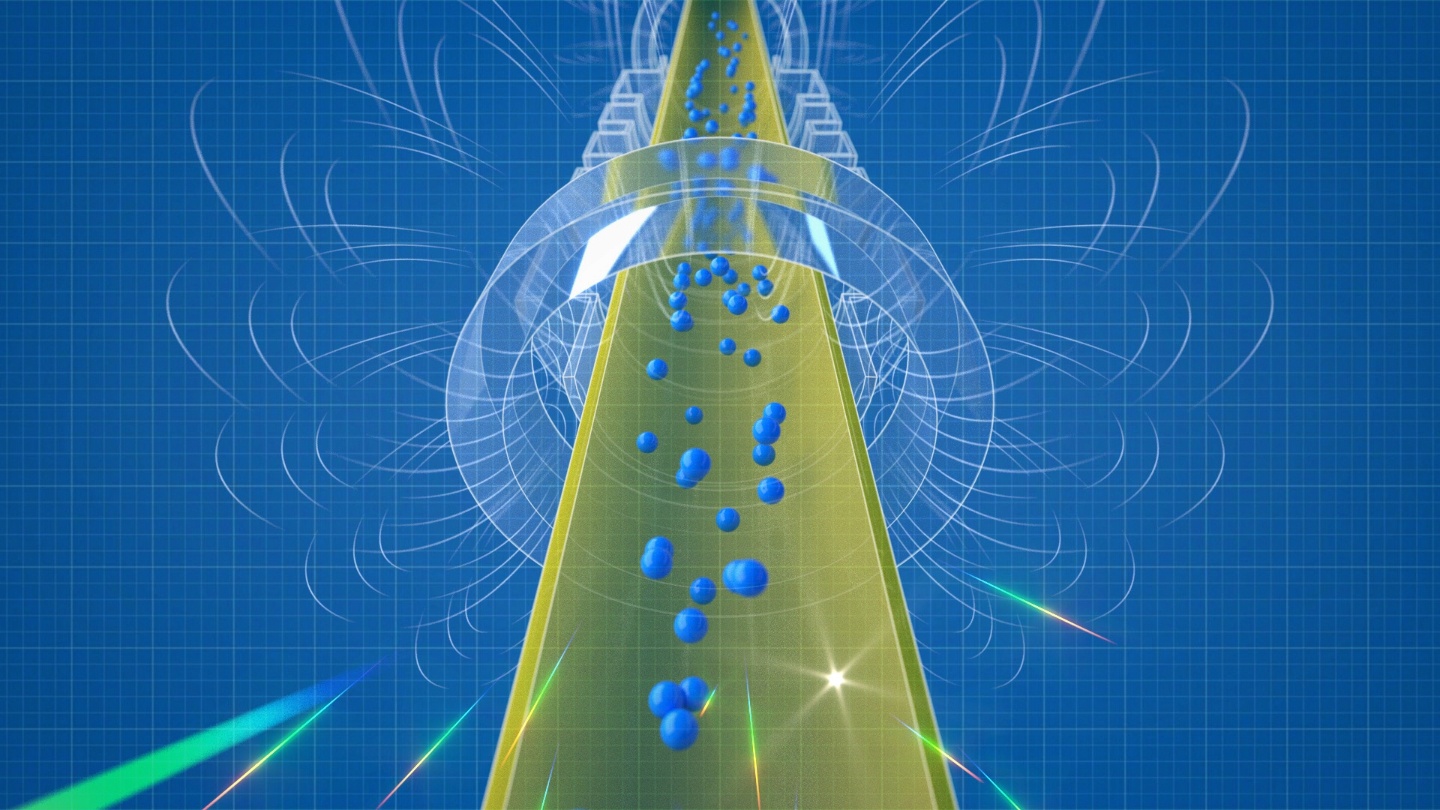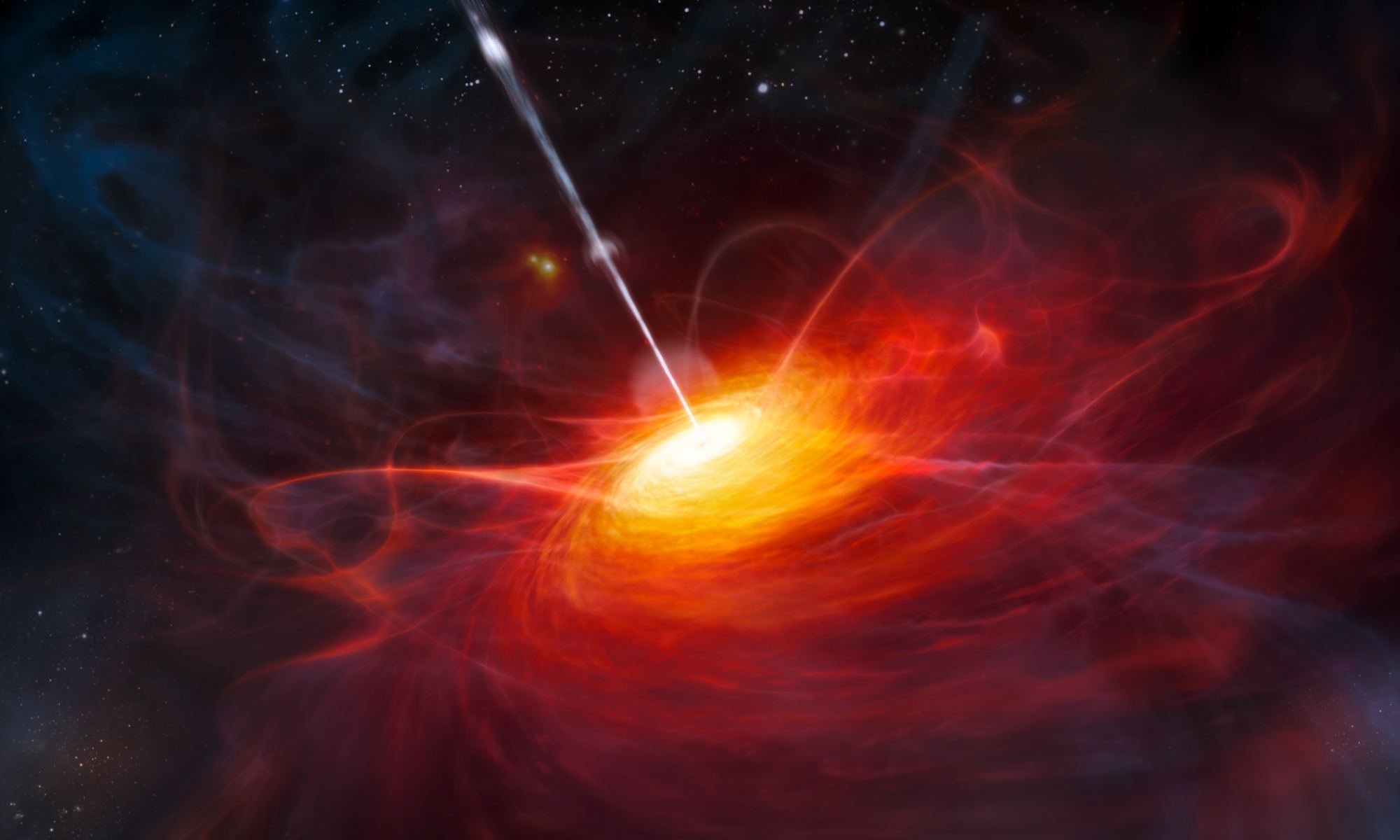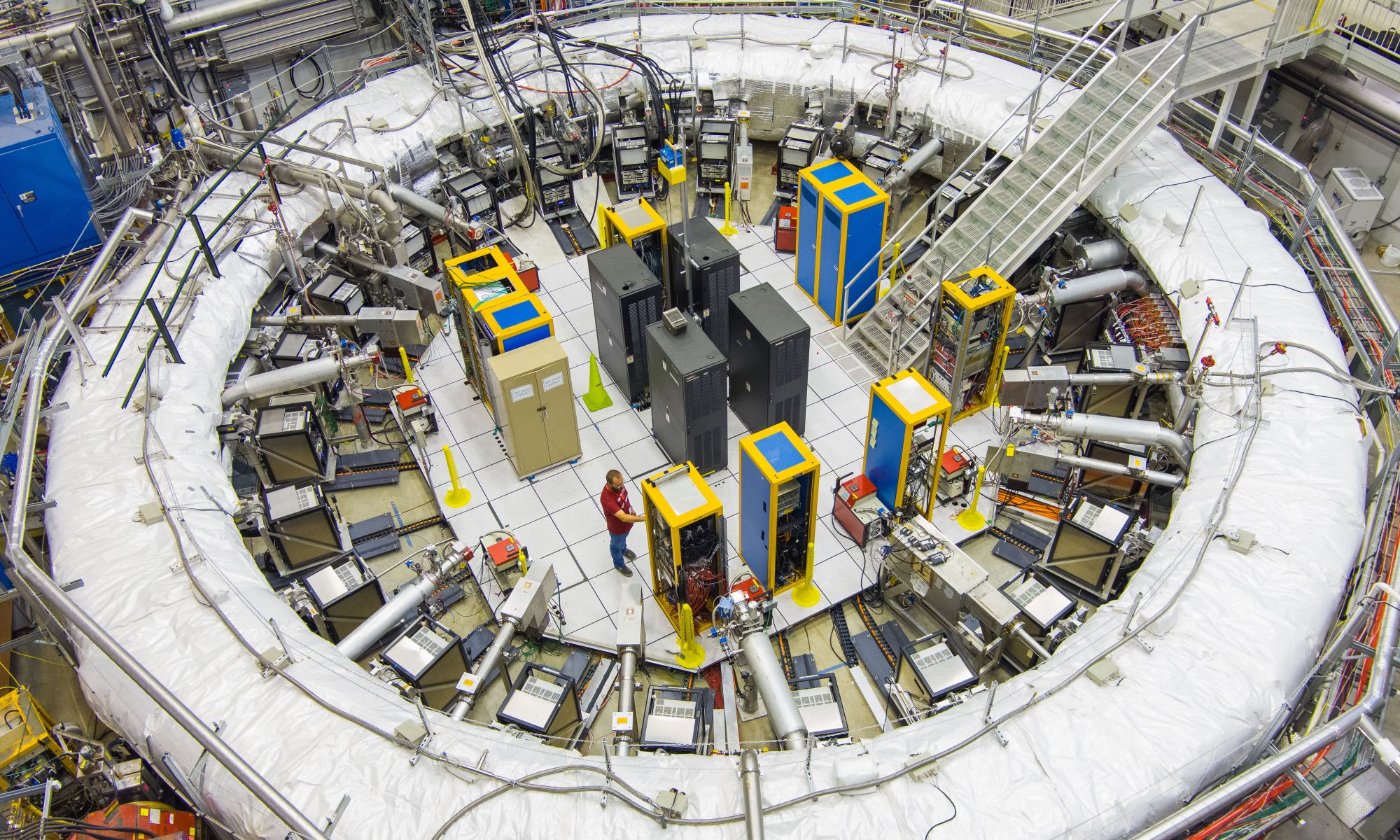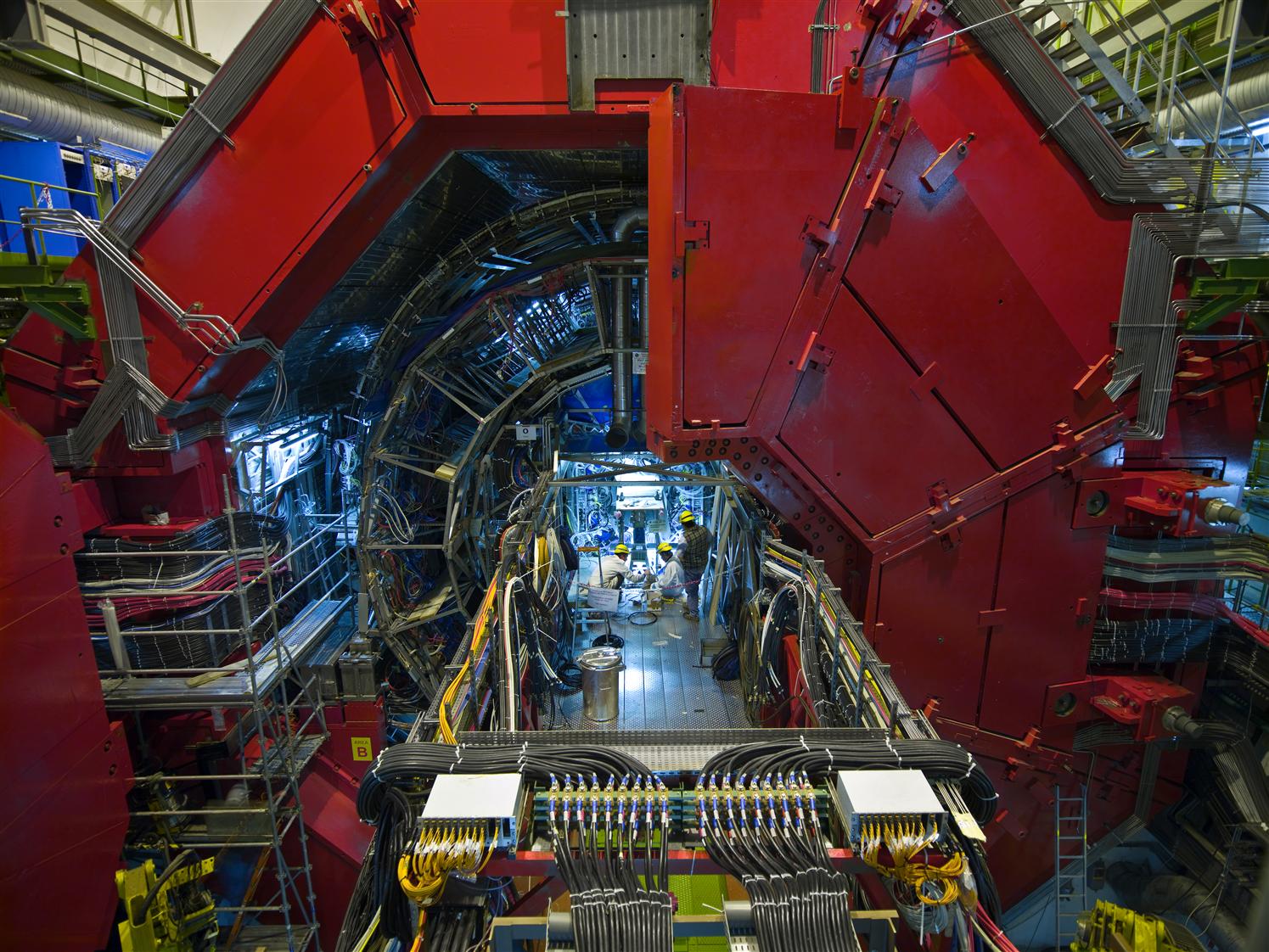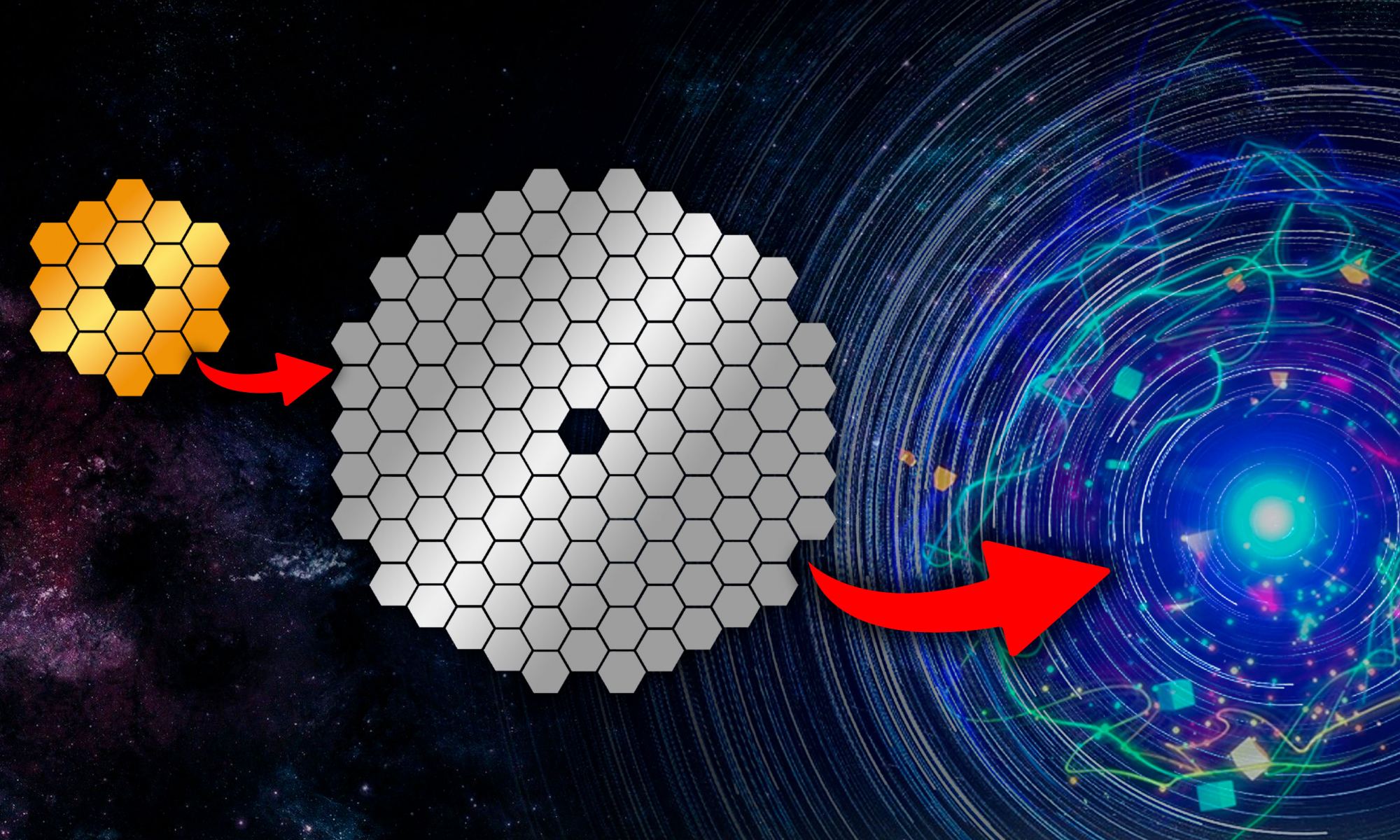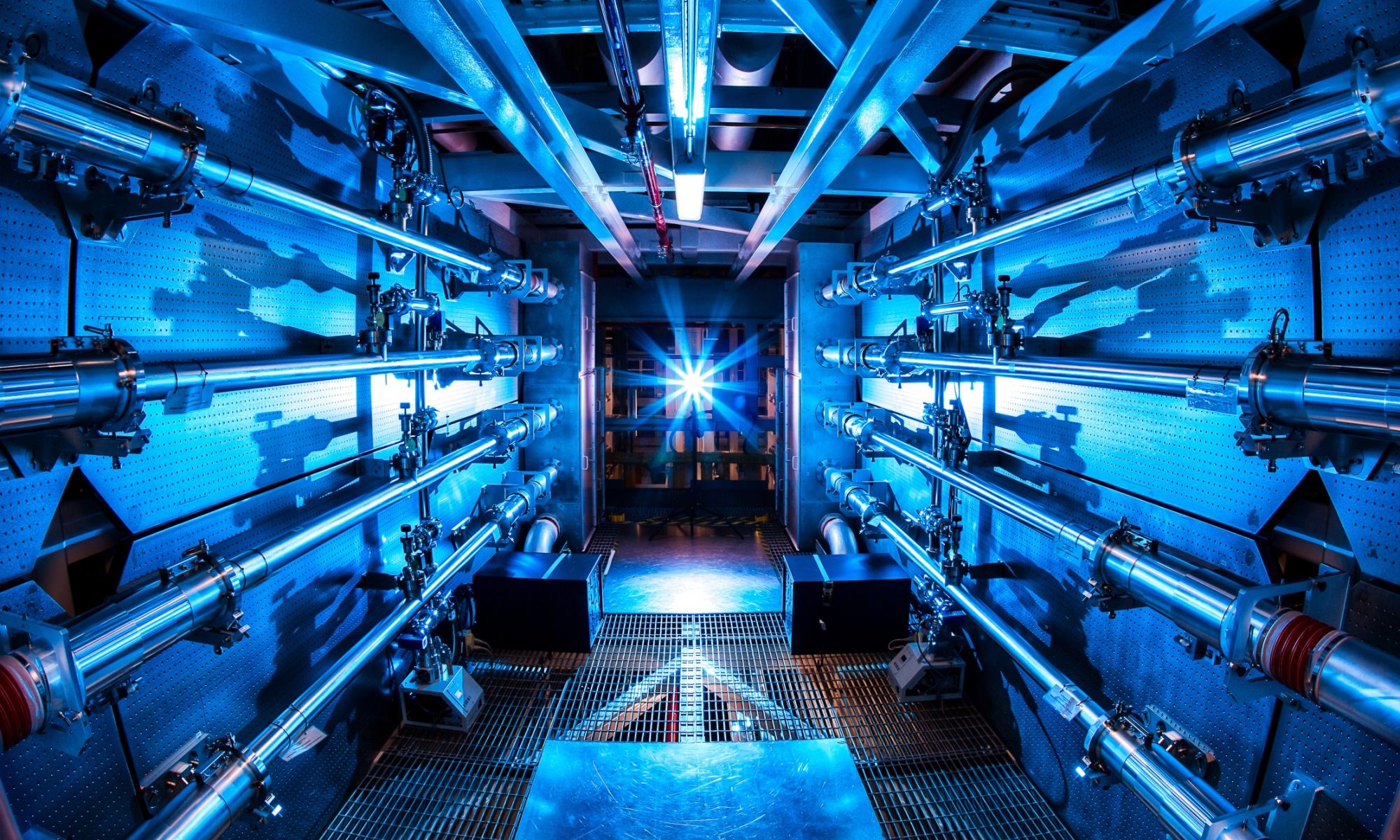For the first time ever, physicists have set off a controlled nuclear fusion reaction that released more energy than what was put into the experiment.
The milestone laser shot took place on Dec. 5 at the U.S. Department of Energy’s National Ignition Facility at Lawrence Livermore National Laboratory in California. The fact that there was a net energy gain qualified the shot, in technical terms, as ignition. “Reaching ignition in a controlled fusion experiment is an achievement that has come after more than 60 years of global research, development, engineering and experimentation,” said Jill Hruby, under secretary of energy for nuclear security and the administrator of the National Nuclear Security Administration.
However, officials acknowledged that it’s still likely to be decades before commercial fusion power becomes a reality. They said the most immediate impact of the breakthrough will be felt in the field of national security and the stewardship of America’s nuclear weapons stockpile.
Continue reading “We Have Ignition! Fusion Breakthrough Raises Hopes — and Questions”
